Climate
Latest
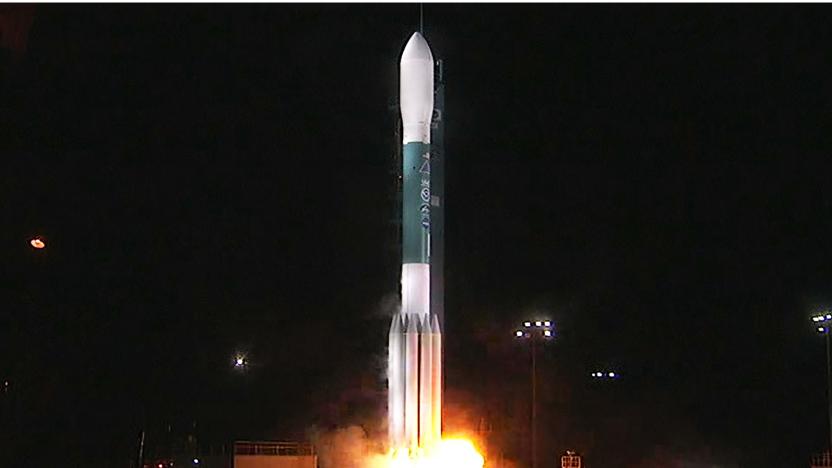
NASA satellite launch promises accurate week-long forecasts
NASA and NOAA know that multi-day weather forecasts can be crucial to tracking hurricanes and their aftermath, and they're about to significantly boost the reliability of those forecasts. They just launched JPSS-1 (Joint Polar Satellite System-1), the first of a series of NOAA satellites that should improve the accuracy of weather forecasts extending as long as a whole week. It includes five upgraded instruments (including an infrared imaging sensor and a microwave sounder) that can track weather-influencing factors with exacting detail, such as atmospheric temperature, clouds, ice cover, ocean colors and volcanic ash.
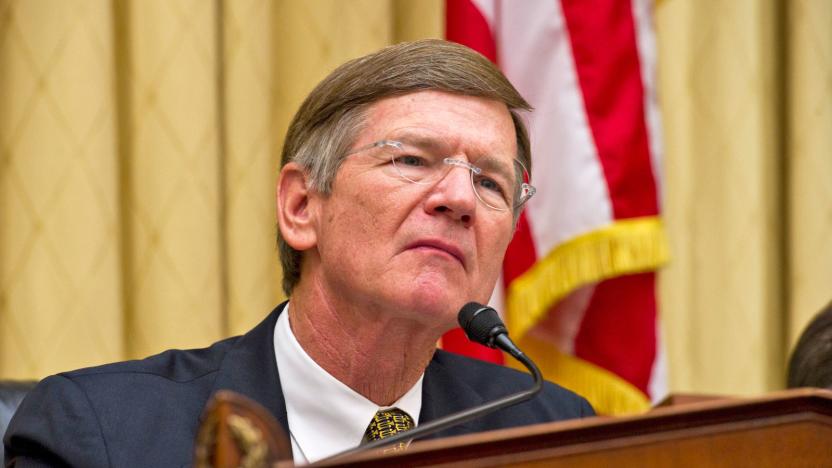
Climate change-denying House science chairman is retiring
Lamar Smith, the chairman of the US House of Representatives' Committee on Science, Space and Technology, has announced that he'll retire when his term ends next year. The Texas representative, an avid climate change denier, has been a controversial and, to many, an unwelcome head of the committee. During his tenure, he has published multiple opinion pieces on climate change, including some that claim it isn't a reality and others that state it's real but beneficial.
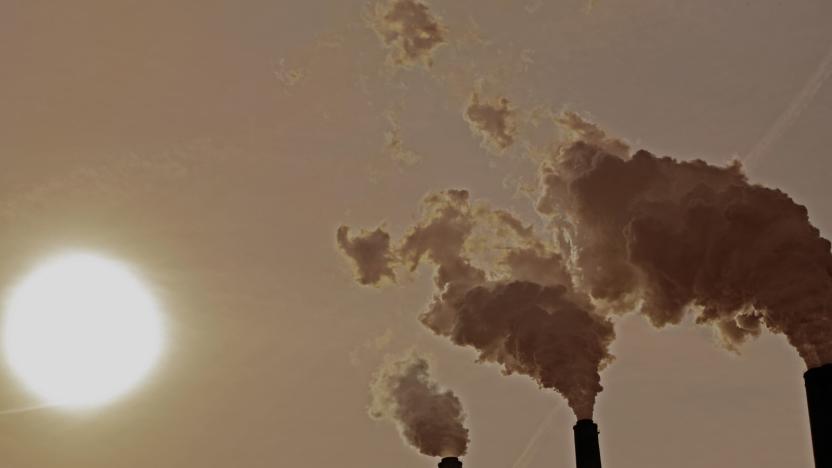
Scientists can't explain a 'worrying' rise in methane levels
The amount of CO2 in the atmosphere reached a record high in 2016, according to the World Meteorological Organization (WMO). Thanks to a combination of human activities and the El Nino weather event, last year's increase was 50% higher than the yearly average from the past decade, driving CO2 to a level that's not been seen for 800,000 years. Average levels in 2016 reached 403.3 parts per million, up from 400 parts per million in 2015.
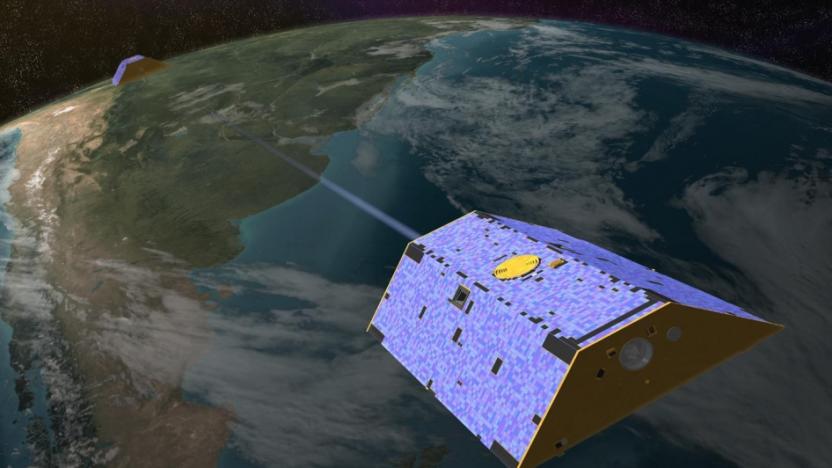
NASA and Germany are about to refresh their climate science satellites
Cassini might have gotten a very emotional send-off at the close of its 20-year journey, but it's not the only long-term space mission being retired this season. Today, the joint NASA-German Gravity Recovery and Climate Experiment (GRACE) has ended operations after 15 years, three times longer than expected. Its mission: Precisely measure Earth's gravitational field from a pair of satellites.

Trump's NASA nominee is willing to study climate change... on Mars
Good news: NASA's administrator nominee is fine with studying climate change! Just not Earth's climate change. In answers to a Senate questionnaire, Rep. Jim Bridenstine says it's important to understand why Mars changed so dramatically, losing its magnetic field and oceans to become the barren world it is today. If we know more about the Red Planet, he argues, we could "inform our understanding of Earth." There's a degree of truth to this, but history and Bridenstine's actions suggest it could be about diverting attention away from climate change issues on our homeworld.
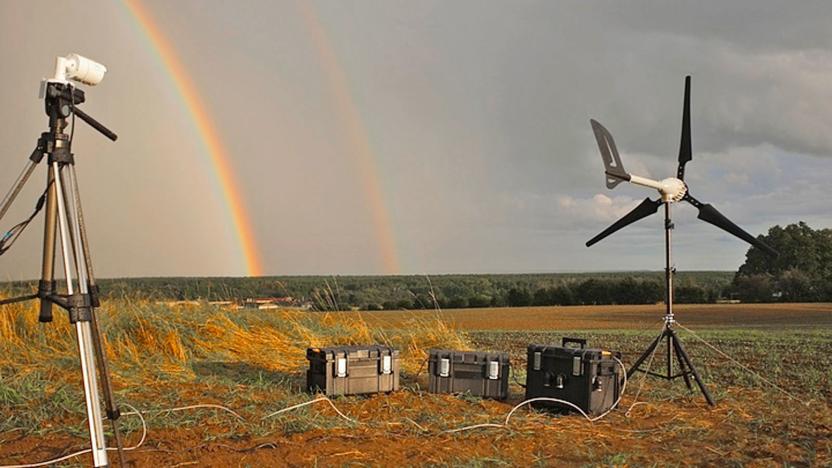
Wind energy mines digital cash to support climate research
Climate change is frequently described as a vicious cycle that depletes the very resources needed to fight it. In the case of Julian Oliver's latest project, however, it could almost be described as virtuous. His Harvest project uses a 700W wind turbine to power a PC mining cryptocurrency (specifically, Zcash) that directly funds climate change research. In other words: the more the symptoms of climate change manifest themselves, the more money goes toward fighting that change. It was commissioned as a piece of art, but it's a very practical design that could find plenty of uses in the real world.
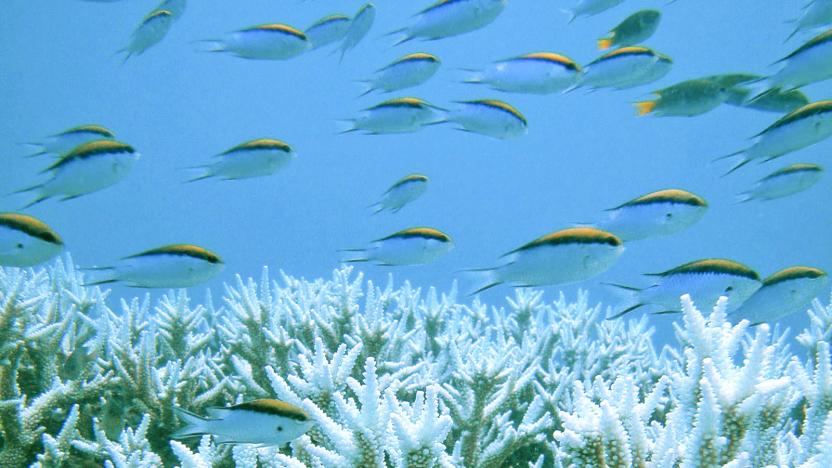
The Great Barrier Reef's fate rests on slowing global warming
There's no question that the Great Barrier Reef and other coral fields are hurting as a result of rising water temperatures. But is there a relatively straightforward way to save them, or do they require more drastic action? Unfortunately, it's not looking good. Researchers have found that typical efforts to fight coral bleaching, such as improving the water quality or tightening fishing controls, haven't helped much at all. Whether an area was immaculate or dirty, it was just as susceptible to damage. The four large-scale bleaching events in the past two decades were the result of increased water heat -- that is, climate.

Antarctica's new record high temperature is 63.5 degrees
According to the World Meteorological Organization in Geneva, the new record high temperature on continental Antarctica is a downright pleasant 63.5 degrees Fahrenheit (17.5 degrees Celsius). The measurement was recorded at the Esperanza base on March 24th, 2015 but was confirmed this week as part of the WMO's ongoing study of extreme weather and climate conditions around the world.
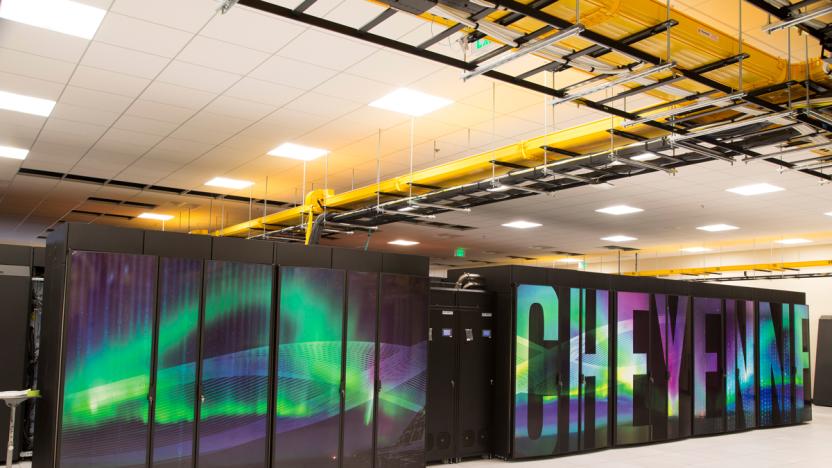
A supercomputer in coal country is analyzing climate change
In Wyoming, where the state produces about 40 percent of America's coal, a new supercomputer named Cheyenne has just come online to join in the fight against climate change. According to the Associated Press, the $30 million Cheyenne is 20th fastest in the world and is currently working on several projects, including some that will help it predict weather patterns "months to years in advance."

Elon Musk says he put immigration ban on Trump council agenda
Elon Musk said he wasn't about to join Uber's CEO in quitting President Trump's economic advisory council, and he's sticking to his guns in the wake of a meeting on February 3rd. The Tesla founder claims that he managed to get the immigration ban discussed "first and foremost" on the meeting agenda where it wasn't even going to be mentioned at all. He also notes that he "raised climate" once more. It's not clear what the outcome of those talks was, but he maintains that his efforts are "doing good" and that it would be "wrong" to leave the council.
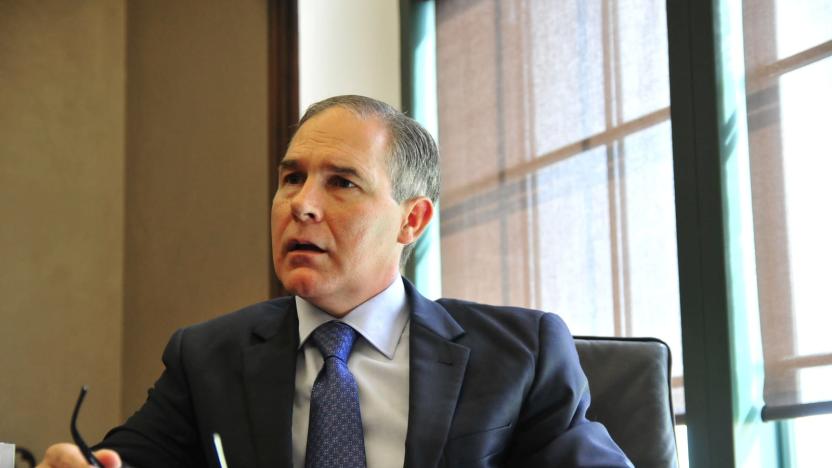
Trump administration freezes grants and contracts at the EPA (updated)
Donald Trump's administration has frozen all grants and contract operations at the Environmental Protection Agency, ProPublica reports. The freeze could disrupt critical, ongoing projects such as toxic cleanups and water quality testing, and it may impact the EPA's budget allocations. The EPA currently has $6.4 billion worth of federal contracts, which it uses to organize clean-up and testing services across the country. It's unclear how long the freeze will be in place or whether it will impact only new grants.
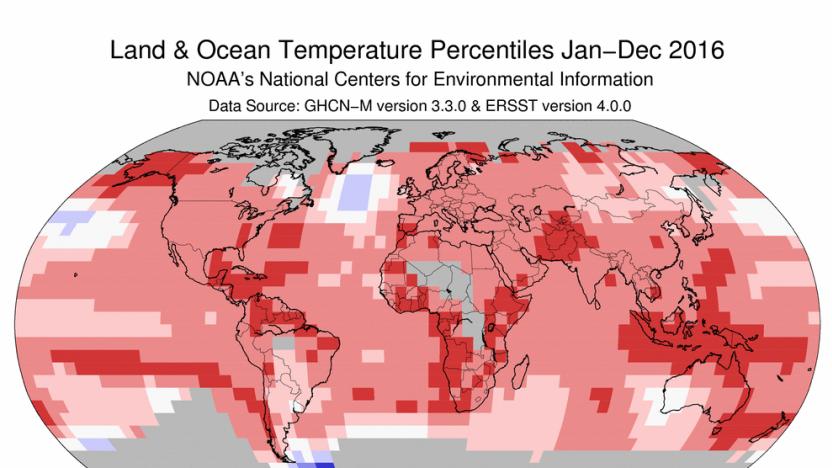
2016 was the hottest year on record (again)
According to a joint report from NASA and the National Oceanic and Atmospheric Administration, 2016 was officially the hottest year on record. If that statistic sounds familiar, it's because 2015 was also the hottest year on record. As was 2014 before that. And those three years of rising temperatures mean the planet is about two degrees Fahrenheit (1.1 degrees Celsius) warmer than it was in the late 19th century.
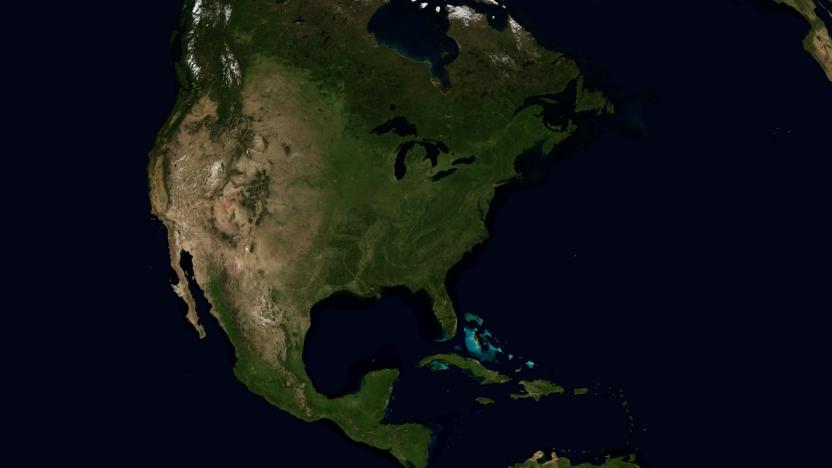
NASA mission will study Earth's 'breathing' from space
Scientists know that the Earth "breathes" carbon, particularly through plants that absorb carbon through photosynthesis when they're healthy and give it up when they lose their leaves or die. They haven't had an extremely detailed look at that breathing cycle, however, which is where NASA and the University of Oklahoma come into play. They're launching a satellite mission, the Geostationary Carbon Cycle Observatory, that will both study plant health as well as the exchange of key gases (carbon dioxide, carbon monoxide and methane) between the land and the atmosphere.
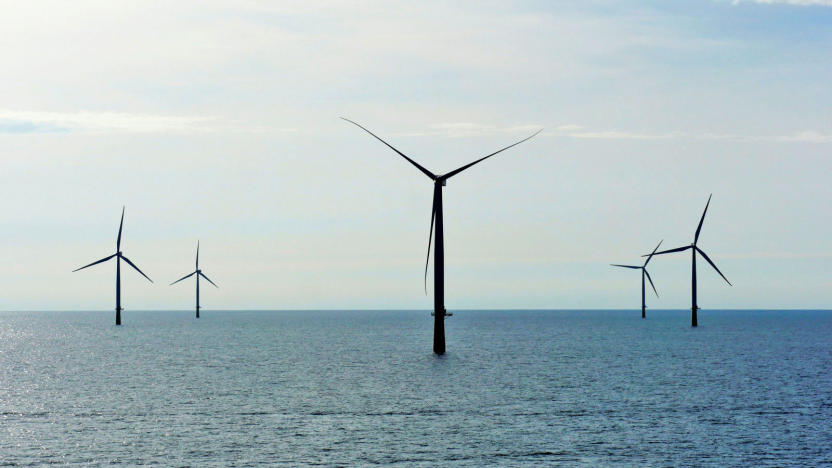
The EU plans to cut 30 percent of its energy usage by 2030
Even if the forthcoming Trump administration doesn't take climate change seriously, the European Union plans to slash its energy usage by nearly a third by the year 2030. By the terms of the Paris Climate Agreement, the EU already planned to cut carbon emissions by 40 percent over the same period, but the new usage goal will further eliminate waste by focusing on renewable energy sources and renovating older, less efficient buildings.

Watch the US launch a next-gen weather satellite at 5:10PM ET
If all goes according to plan, the US is about to enter a new era of weather tracking. The United Launch Alliance is scheduled to launch the first instance of GOES-R (Geostationary Operational Environmental Satellite), the US' next-generation weather observer, at 5:40PM Eastern (live NASA coverage starts at 5:10PM). The new satellite not only captures sharper images width more wavelengths, but takes those snapshots at a much higher frequency that promises to change how meteorologists and climatologists track environmental conditions.

NOAA: US snow cover hits an 'all-time low' for November
Researchers just supplied more evidence that climate change-related temperature increases are having a material effect on the planet. America's National Oceanic and Atmospheric Administration reports that snow cover in the lower 48 states is the lowest ever recorded for mid-November. As you can see in the map below, there's very little snow on the ground in the country -- you'd likely have to climb a mountain to see it. For contrast, the average snow cover between 1981 and 2010 reached as far south as New Mexico.
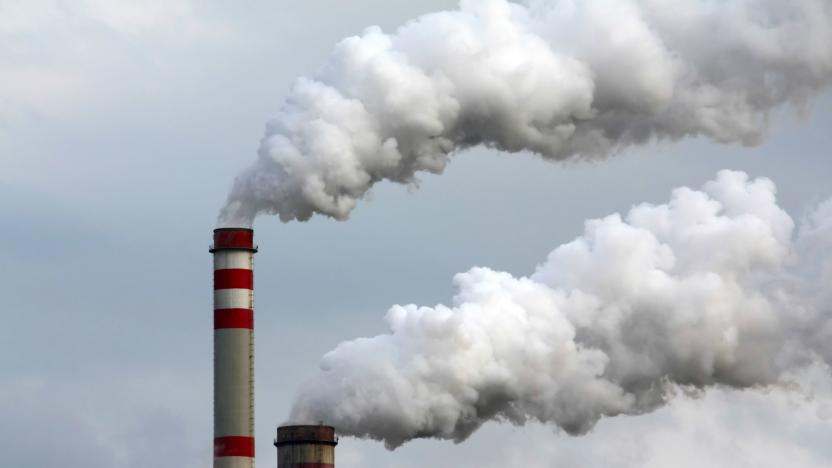
Worldwide carbon emissions were flat for third year in a row
For the third year in a row, carbon emissions around the world have remained flat, according to the research group Global Carbon Project. The group revealed its findings in the Global Carbon Budget 2016, which measures how much carbon is emitted by countries around the world, and then how much of that is absorbed into the earth by plants, land and oceans. The remaining carbon hangs out in the atmosphere and drives global warming, and it's the focus of Global Carbon Project's research.

White House hopes to fight climate change with data sharing
Despite some scary evidence that climate change is affecting weather patterns and even shifting how the Earth moves, 43 percent of Americans wouldn't spend a buck a month to fight it. With Congressional deadlock standing in the way of a national strategy to combat it, the White House has launched its own endeavor to find solutions. In typical Obama fashion, it involves making government data public. The Partnership for Resilience and Preparedness (PREP) will give organizations access to troves of environmental information so they can make their own plans to counter climate change.
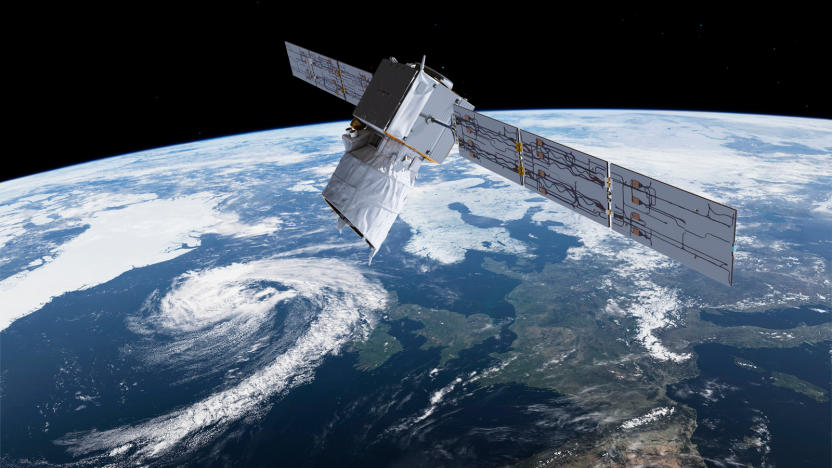
Europe's cutting-edge wind satellite should launch in 2017
Humanity is about to deepen its understanding of Earth's winds. The European Space Agency has secured a rocket launch deal for its wind-tracking Aeolus satellite, which is now expected to enter orbit before the end of 2017. The once-problematic spacecraft (technical issues postponed its 2015 launch) will be the first to profile wind on a worldwide scale thanks to the novel use of ultraviolet lidar in space. By bouncing laser light off of atmospheric air, dust and water, Aeolus will measure everything from cyclones to the presence of aerosols.

NASA aims to predict dust storms on Mars
If NASA is going to send people to Mars, it needs to predict the planet's weather. You don't want to land in the middle of a ferocious storm that wipes out your entire mission. Thankfully, the space agency just took a step toward making that happen. It's now detecting patterns in large regional dust storms by studying high-altitude (16 miles) temperature data from its orbiters. As dusty air tends to be much hotter at those heights, it's easy to tell when a giant regional storm is flaring up -- you just look for hot patches and their effects on the wind.




